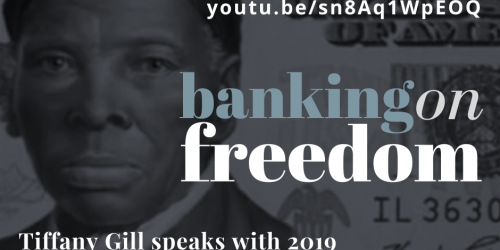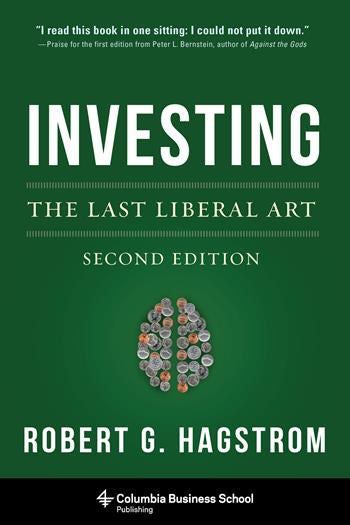Designed Leadership: Principle 2: Know Place and Experience and Principle 3: Value Diversity
“In the world of designed leadership, values are essential underpinnings for key principles and practices. What is the use of identifying values in an organization if you don’t use them on a daily basis for decision-making?” — Moura Quayle
The following is a guest post from Moura Quayle, author of Designed Leadership. Over the next several weeks, Quayle will take readers through all ten of her designed leadership principles in a series of posts.
Designed Leadership: Principle 1: Make Values Explicit
By Moura Quayle
This post is about the second and third principles of Designed Leadership. You can read a post on the first principle here.
This blog post is about the second principle of designed leadership, Know Place and Experience, and the third principle, Value Diversity.
I live by Paulo Coelho’s quote: “People never learn anything by being told, they have to find out for themselves.” Learning by doing, and by being connected deeply to place and experience, is important to designed leadership. Designed leadership is about taking advantage of the mind-set and the set of tools and techniques commonly used by designers and applying them to improving leadership.
When I began writing about this principle, I remembered my UC Berkeley experience in the learning environment created by Professor Claire Cooper Marcus in her course about social factors in design. Claire assigned us to write a several-part “environmental autobiography” on our childhood, adolescence and adult-hood. I don’t know that I had ever really thought deeply about the environment that had shaped me and continues to do so today. I grew up in a small town on the East Coast of Vancouver Island. My father was a marine biologist (oysters and clams were his specialty) and my mother was a public health nurse. Writing and drawing the childhood piece based on my reflections was a powerful reminder of how I think about space and place today. I was strongly influenced by walking the beaches with my father at low tide (generally very, very early in the morning) and being introduced repeatedly to the importance of public and population health and disease prevention by my mother. As I write in my book:
The primary goal of writing an environmental autobiography is to increase self-awareness. Through the process, one gains understanding, sensitivity, and respect for each unique environmental history. It is clearly useful for design students who need to be aware of their values and biases as they design spaces and places for others. I would argue that it is equally useful for our roles as leaders because it illuminates a personal awareness of the context in which leaders think through and eventually make decisions or decide on directions.
Our roots and experiences shape us one way or another. I believe that we all hold “home landscapes” close to us – either ones that we grow up in or sometimes ones that we adopt because our original home landscapes just don’t suit us. Again, a quote from the book:
I consider myself an urban person. I am virtually allergic to camping and I get more excited by the city than by the countryside. That being said, my discipline is landscape architecture, which makes nature an important part of my life. I love nature in the city—the rough and the refined. Without nature, the city isn’t what it can or should be. This conundrum of dialectics or opposites—urban/rural, inside/outside, tamed/wild—permeates my life and propels me to engage these dualities in my design work, my academic work, and my work shaping cities and leadership.
Knowing place and having a continual awareness of our environment is an important part of designed leadership.
Knowing experience is very connected to knowing place. Our experiences in various environments play heavily into how we behave and how we think, especially as children. From my book:
Children’s experiences can teach them about the importance of place in their lives. For example, natural landscapes that children adopt as their own give them a sense of privacy, autonomy, and control. From the designed-leadership perspective, leaders, too, need a sense of their place loaded with experience. Having a child’s view of the world can lend a special sense of our own place, especially in thinking about the short-term and long-term effects of our decisions and the solutions they create.
To know both place and experience is to have context for decisions and actions. It is about our genius loci: finding our place and finding ourselves.
The third principle of designed leadership is about valuing diversity. Designed leadership puts an emphasis on thinking about various populations with special attributes. I have often wondered what would happen if government applied a lens using questions such as: Is this good for children? For seniors? For the disabled? Decisions might be different. Similarly, as a leader it is critical to put strong value on the diverse communities that we live and work with.
And from the book:
The same thing might be true for businesses and for leadership. What if leaders made decisions through the diversity lens? It would mean taking the long view. First Nations in Canada and indigenous peoples globally embrace the idea that we need to be planning for seven generations into the future. This is a good principle for designed leadership. It would also mean thinking differently about the present—about safety, security, and well-being. It might even mean that there should be more play, fun, and laughter in the workplace. Designed leadership allows you to go to a child’s place or a senior’s place, to think like one of them, play like one of them, and come back to your world better positioned to make clear and valuable decisions.
In a sense, valuing diversity as a leader is about empathy – stepping into the shoes of others constantly to check on decisions, communications and actions. We can probably never be reminded enough to focus on people. The strategic design mindset, and therefore designed leadership, is all about stepping into someone else’s shoes and seeing their perspective. Valuing diversity means asking, “Is this a good move for everybody?”





